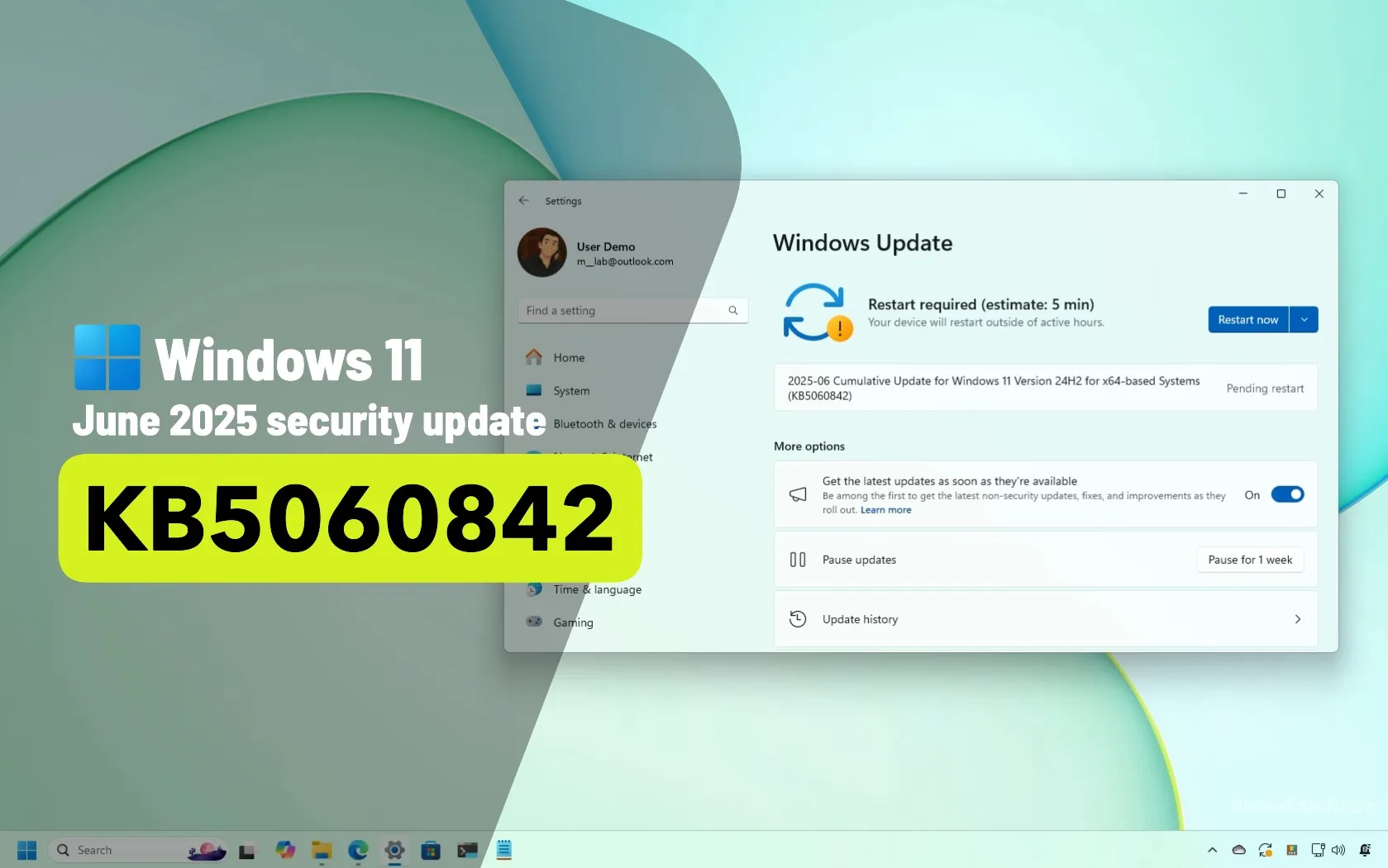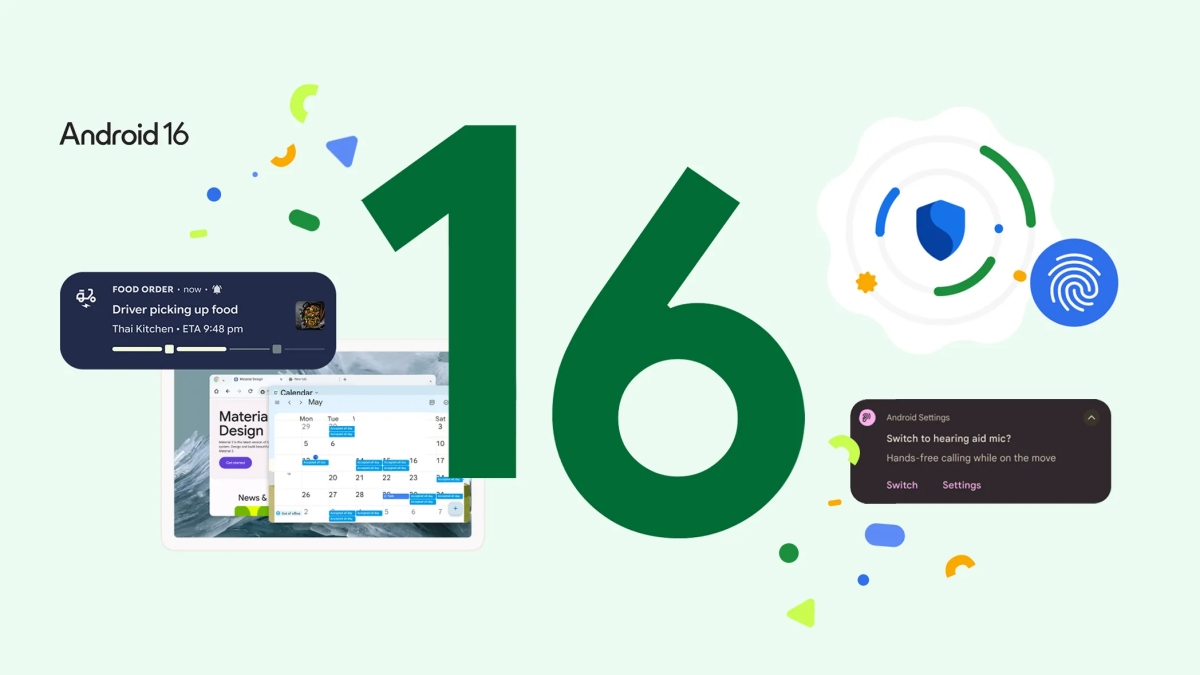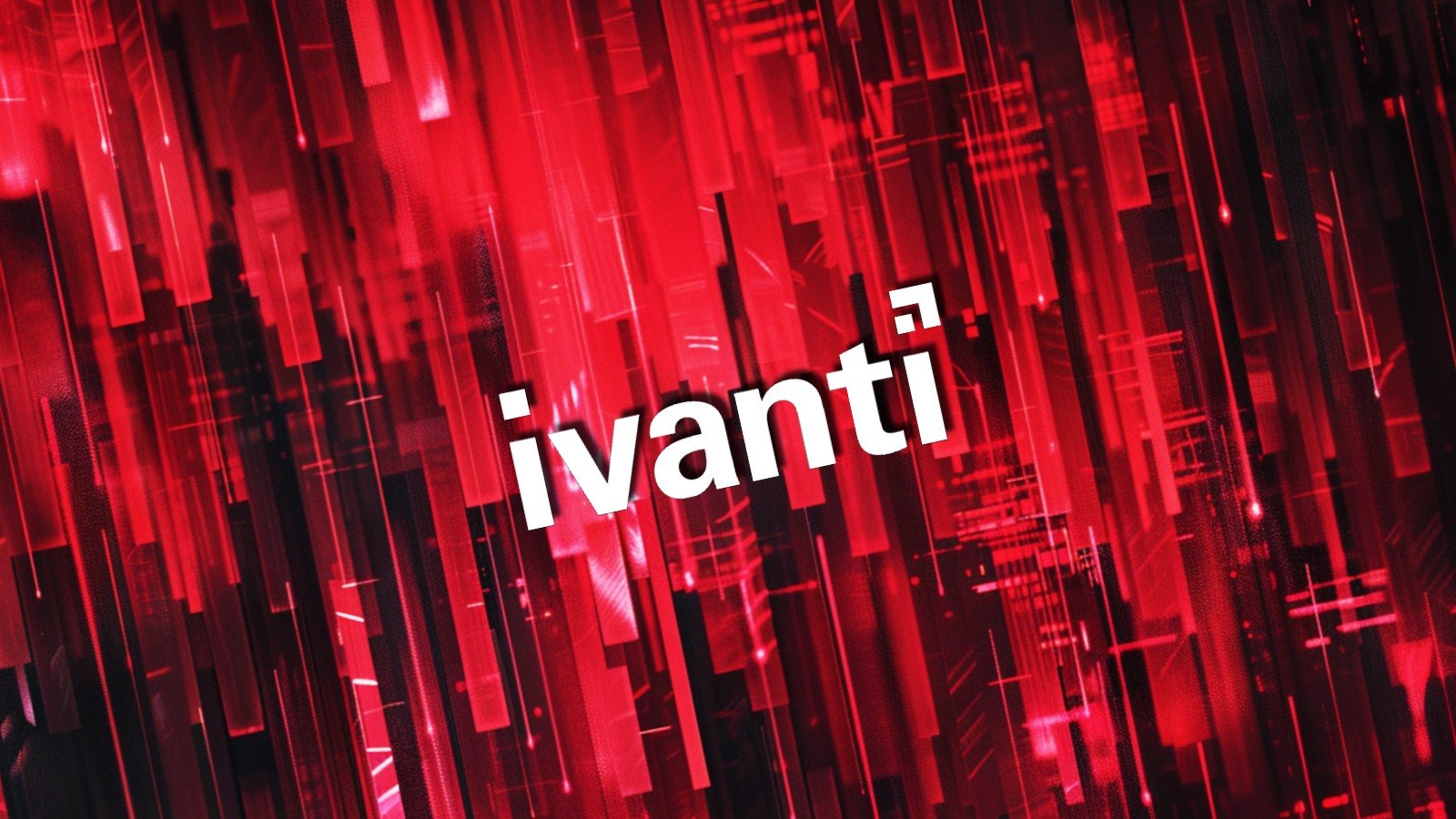5 AI prompts that make you more human — and harder to replace at work

I’ve spent the past several years testing AI chatbots — the same ones people worry are coming for their jobs. I’ve seen AI take on valuable tasks such as write articles, summarize meetings and even offer surprisingly decent advice.
But when people ask, “Is AI going to replace us?” I think there’s a better question: What parts of being human can no machine ever replicate?
That’s where we need to focus. AI is fast, but it doesn’t lead with intuition, empathy or purpose. Those are still ours, and they’re more valuable than ever. However, as AI continues to integrate within workflows, those who know how to use the technology will increase their human value on the job.
To make that advice actually useful, here are five powerful AI prompts designed to strengthen the human skills no machine can replace.
Use them with ChatGPT, Gemini, Claude or any of your favorite chatbots to help you train and sharpen the skills that make you uniquely human, as you level up your professional skills.
You’ll notice these prompts are longer than you might be used to. That’s because they go deeper and are more detailed for professional purposes. Tweak and edit them to your liking to make them work for you.
1. ‘Strategic mindset’ prompt
Prompt: “Act as a C-suite level strategist. Here is a list of my main projects, tasks and meetings for the upcoming week: [Paste your to-do list or a summary of your weekly workload here].
Analyze this workload and categorize every item into one of two groups:
‘Automate or Delegate’: Tasks that are repetitive, data-driven, or could be handled by an AI or a junior colleague.
‘Human-Led Strategy’: Tasks that require critical thinking, emotional intelligence, relationship-building, or final judgment.
For the ‘Human-Led’ category, ask me three clarifying questions to help me ensure I am focusing on the highest possible value for each.”
As mentioned, this prompt is on the longer side, but to effectively get the AI to do what is needed, this type of prompt is necessary. The goal here is to help you shift your focus from “doing tasks” to “directing strategy” and deciding what’s truly important.
It works because the direction here forces the AI to do the low-level sorting, freeing up your mental energy.
More importantly, it reframes your week around strategic impact rather than just completion. The follow-up questions from the AI push you to think like a leader.
2. ‘Storytelling’ prompt

Prompt: “I need to present a project update. Here are the cold, hard facts and data points: [Insert key data, metrics or status updates here. For example: ‘Q2 sales are up 15%, but customer engagement on social media is down 10%. The new software feature was launched two weeks behind schedule.’]
Your task is to act as my data analyst and provide only a bulleted list of these facts.
My task, which I will do after you respond, is to weave these facts into a compelling story for my team. After your response, I will write the narrative that answers: What is the emotional core of this update? What is the challenge we need to overcome together? What is the success we should celebrate?”
Once again, this extensive prompt is key to turning dry data into a compelling narrative that resonates with people.
You will look like a superstar at work (and let’s face it, be more likely to keep your job) when you showcase this core human skill.
This prompt clearly separates the roles, meaning the AI becomes your data source, handling the “what.” This frees you to focus entirely on the “so what?” and the “why,” practicing the invaluable skill of creating meaning and motivating a team.
AI is not replacing you, it’s making you do your job even better.
3. ‘AI director’ prompt

Prompt: “I need to create [a marketing plan, a project proposal, a blog post, etc.]. Before you generate anything, I want you to help me build the perfect prompt. Act as an expert prompt engineer and ask me questions to help me define the following:
Role: What persona should you, the AI, adopt? (e.g., ‘a skeptical CFO,’ ‘an enthusiastic brand strategist’)
Audience: Who is the final output for? What do they care about?
Goal: What is the single most important objective of this document?
Constraints: What tone, length, or format must be followed? What should be avoided?
Based on my answers, you will then write a detailed ‘master prompt’ for me to use.”
This prompt is a meta-skill builder. It forces you to think strategically before you even start the task.
By learning to define your goals with this level of clarity, you ensure the AI works as a precise instrument for your vision, not a generic content machine.
By using prompts like this, you’ll increase your ability to ask powerful questions and direct the AI to support your efforts to get the job done right, rather than just accepting its first answer.
4. ‘Creative leap’ prompt

Prompt: “I work in [Your Industry/Field, e.g., ‘software development’]. I want to find innovative ideas from a completely unrelated field: [Unrelated Field, e.g., ‘regenerative agriculture,’ ‘classical music composition,’ ‘urban planning’].
Please research the core principles, systems, and key metaphors of the unrelated field. Present them to me as a bulleted list.
For each principle, leave a space for me to brainstorm how that concept could be applied to my own field to solve a problem or create something new.”
A key aspect of human creativity is the ability to form original ideas by linking unrelated concepts. This prompt taps into AI’s strength in organizing information, while leaving the imaginative leap — spotting patterns and unexpected insights — entirely up to you. That’s where breakthroughs are born.
This prompt uses that strength to feed you novel concepts. Your human brain then does truly creative work: making the metaphorical leap and finding the unexpected connection that can lead to a breakthrough idea. That only makes your human-ness that much more valuable.
5. ‘Critical thinking’ prompt

Prompt: “Act as a ‘Red Team’—your only goal is to challenge my thinking and find every potential flaw in my plan. Do not be agreeable.
Here is my idea/plan: [Clearly describe your idea, strategy, or project proposal here.]
Now, provide a brutally honest critique. What are the weakest assumptions I’m making? What are the top three ways this could fail? What have I failed to consider? Who would be the biggest critic of this idea, and what would they say?”
You might have noticed that AI is naturally agreeable. This prompt instructs it to be a powerful sparring partner. It allows you to see your own blind spots without any social risk.
By defending your ideas against a logical and exhaustive critique, you either find and patch the holes or realize you need a new approach, making your final strategy far richer.
This prompt helps you to sharpen your judgment and critical thinking by stress-testing your own ideas against a logical opponent.
Final thoughts
Reimagining your role with AI is likely what the future will look like for most jobs.
The human edge comes from asking better questions, and here’s the secret no one talks about: AI is only as powerful as the prompts you give it.
The more effectively you learn to use AI, the more valuable you become; and the more AI works for you rather than instead of you.
More from Tom’s Guide
Back to Laptops
Source link











